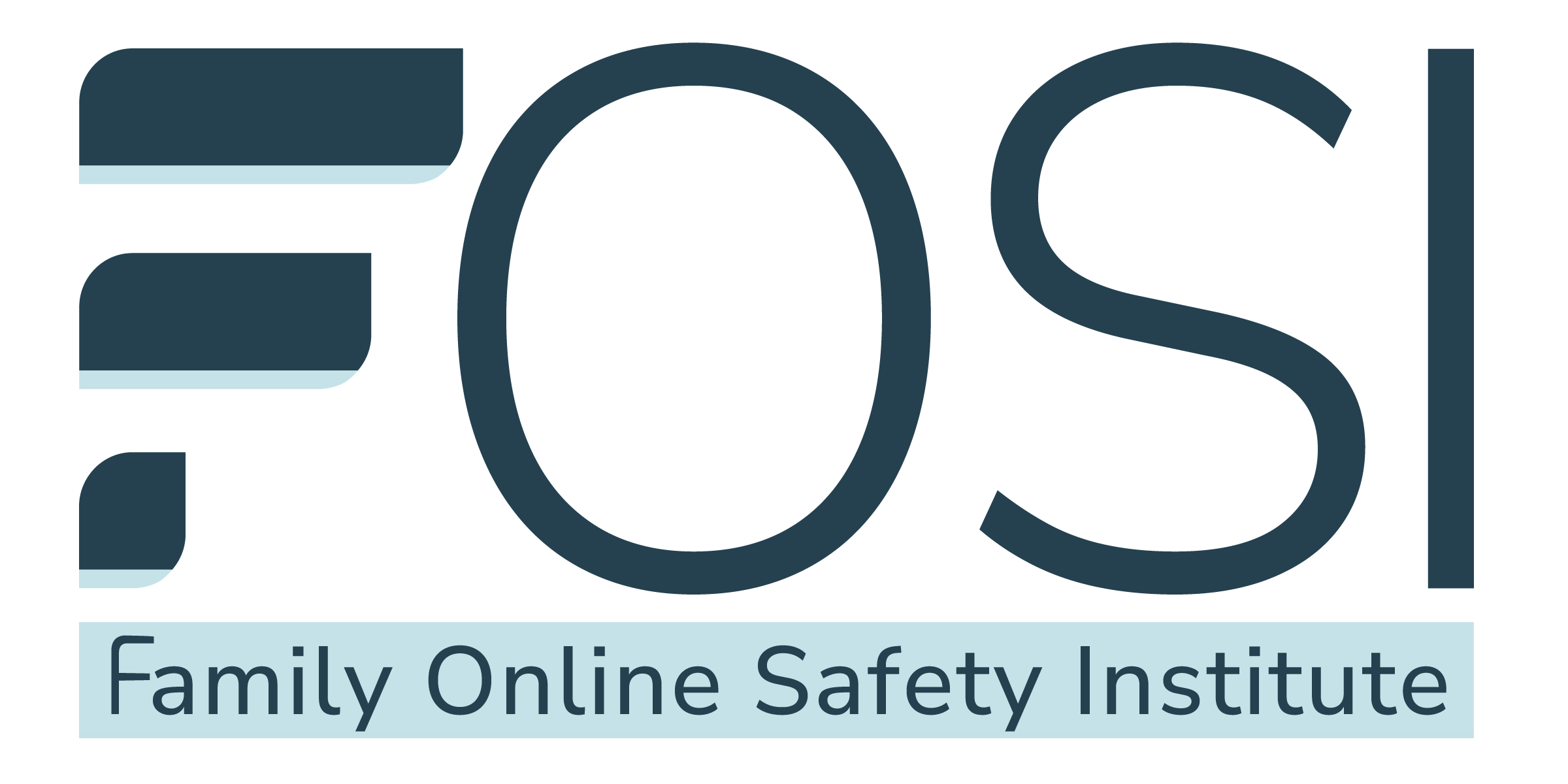eSafety is Australia’s online safety regulator and while our primary role is in taking down harmful content online and holding companies to account through initiatives like Safety by Design, prevention of online harms through research, education and awareness is a critical function.
We believe that parents are the frontline of defense in keeping their children safe online. And given 81% of Australian parents have provided their pre-school aged child access to an internet-connected device, these protective behaviors need to be instilled early.
While the statistics may differ slightly in the US, it’s fair to say children are increasingly using digital devices from a very young age — and that is not necessarily a bad thing. Kids can learn and develop important skills and behaviors with the right kinds of online games, apps and education programs.
But there are risks too, especially when devices can be connected to the internet. So, it’s never too early to encourage good online habits, particularly as we all spend more time at home, and subsequently online, during COVID-19.
Now more than ever, there is a global need for evidence-based and engaging online safety advice. As the world’s first government agency dedicated to tackling online abuse and keeping its citizens safer online, we are sharing our experience and advice with governments, organizations, parents, carers and educators around the globe.
To help parents and carers of pre-school aged children manage online risks and have conversations about online safety, we’ve developed an e-booklet — ‘Online safety advice for young children, parents and carers’ — and a Story Puzzles activity.
These resources build on our Early Years program, which we’ve consulted on with parents, early childhood educators and other experts. It includes a range of resources to help parents and carers and early years educators support young children to have safe and enjoyable experiences online.
The international edition of the e-booklet takes this advice, along with other useful tips and tricks to help set good foundations for your children’s online activities.
Some of these include…
1. Talk about online safety early
Use these four simple messages: Be Safe, Be Kind, Ask for Help, and Make Good Choices to help you start talking about online safety and encourage good habits early on.
- Be safe — talk about how technologies and devices can be connected to one another, and how it can also allow for unknown people to contact them, so they should only talk and share with people they know.
- Be kind — model kind and respectful online behavior – this can start from when they are babies by using polite language in your online and offline communication and continue as they grow older. When it is possible, ask your child if they would like to be in a photo or video before you take it – and before you post about it on social media. This helps to model consent and respectful data sharing practices from a young age.
- Ask for help — talk to your child about what` they can do if they see or hear something on a device that makes them feel sad, scared, or worried. Make sure they know they can ask you for help about anything online.
- Make good choices — take time to play together and ask questions that help your child think about what is good or bad in the content they watch or games they play.
As your child grows older, we encourage parents to instill the ‘4 R’s of online safety’: respect, responsibility, resilience, and critical reasoning in their children’s online lives.
2. Choose good online content
Whether your child is video calling with family members, watching a TV program or even playing an online game, they can learn important skills and positive behaviors. The trick to making sure kids get the most out of their screen time is choosing good quality content.
Some apps, shows and games are more appropriate for young children than others and many provide great educational benefits. So, check out the ‘Find good content’ section of the e-booklet to learn more about the signs of good quality shows, games and apps.
Our eSafety Guide also provides valuable information about popular games and apps, including age recommendations, what the app is used for, and how to report issues.
Don’t forget to co-view and co-play, to better understand what your kids are experiencing so that you can share and engage in their “digital playgrounds” too.
3. Use parental controls
Parental controls are available on most tablets, smartphones, computers, TVs and gaming consoles. These tools can help block your child from accessing specific websites, apps or functions. They can also monitor your child’s use of connected devices and set time limits.
In addition, you can use child-friendly search engines, or select safe search settings on digital devices, to help prevent your child from stumbling across inappropriate sites and content.
You can find more detailed advice in the ‘Set up devices safely’ section of the e-booklet.
But beware! While parental controls can be handy, you cannot always rely on them. No tool is 100 percent effective 100 percent of the time – and even tiny tots can be surprisingly clever little hackers.
So, the most practical way to use parental controls is in combination with other safeguards. The very best protection is you: being actively involved in encouraging your child’s good online safety habits helps protect them from the moment you hand them a device.
We at eSafety believe that these parenting tips align with FOSI’s world leading Good Digital Parenting resources, and in the spirit of that digital delivery, here is my 45 second re-cap on key things parents can do to keep their kids safer online, specifically during COVID-19.















.svg)

